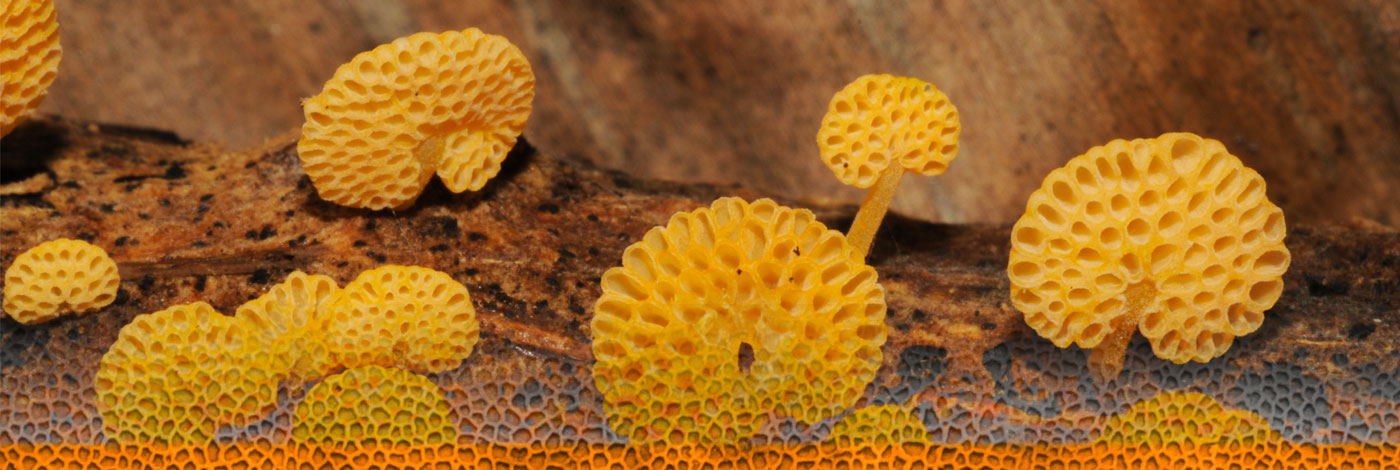

 Cryptogamie, Mycologie
25 (2) - Pages 137-147
Cryptogamie, Mycologie
25 (2) - Pages 137-147The anamorphic fungus Brachyconidiellopsis fimicola gen. et sp. nov., collected in Chitwan, Terai Belt, southern Nepal on dung of an unidentified Cervidae, is described and illustrated. The fungus is mainly characterized by having a sporodochial to synnematal conidiomata, with a narrow, dark brown to black stipe, ending in a slightly fasciculate fertile apex. The conidiogenesis is holoblastic, with (mono-) to polyblastic conidiogenous cells, and conidial secession rhexolytic leaving large, open scars. The conidia are grayish to grayish black, cheirosporous, with as many as 10-15 divergent branches, each composed of chains of narrowly ellipsoid to slightly barrel-shaped cells, remaining entire at maturity.The phylogenetic relationships of the fungus inferred from partial nuclear small ribosomal subunit (18S) DNA revealed affinities with the Microascales (Ascomycetes).